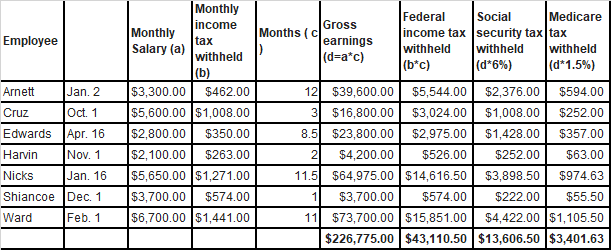Current Ratio.
- Get link
- X
- Other Apps
The current ratio is a financial metric that measures a company's ability to meet its short-term financial obligations. The current ratio is a liquidity ratio that compares a company's current assets to its current liabilities.
The formula for calculating the current ratio is as follows:
Current Ratio = Current Assets / Current Liabilities
Where:
- Current Assets are assets that can be converted into cash within a year, such as cash, marketable securities, accounts receivable, and inventory.
- Current Liabilities are the company's short-term financial obligations, such as accounts payable, accrued expenses, and short-term debt.
The current ratio indicates the company's ability to pay off its short-term obligations with its current assets. A higher current ratio indicates that the company has more liquid assets to meet its short-term obligations, while a lower current ratio suggests that the company may struggle to meet its financial obligations.
The ideal current ratio varies by industry and depends on the nature of the company's operations. Generally, a ratio of 2:1 or higher is considered acceptable, indicating that the company has sufficient liquid assets to cover its short-term obligations. However, this may not always be the case, and it is important to analyze the current ratio in conjunction with other financial metrics and factors, such as the company's historical performance, growth prospects, and capital structure.
It is also important to note that a very high current ratio may suggest that the company is not investing its resources effectively and may be missing out on growth opportunities. On the other hand, a very low current ratio may indicate that the company is taking on too much debt or is not managing its cash flow effectively. Therefore, the current ratio should be analyzed in conjunction with other financial metrics and factors to gain a comprehensive understanding of a company's financial health.
- Get link
- X
- Other Apps


Comments
Post a Comment